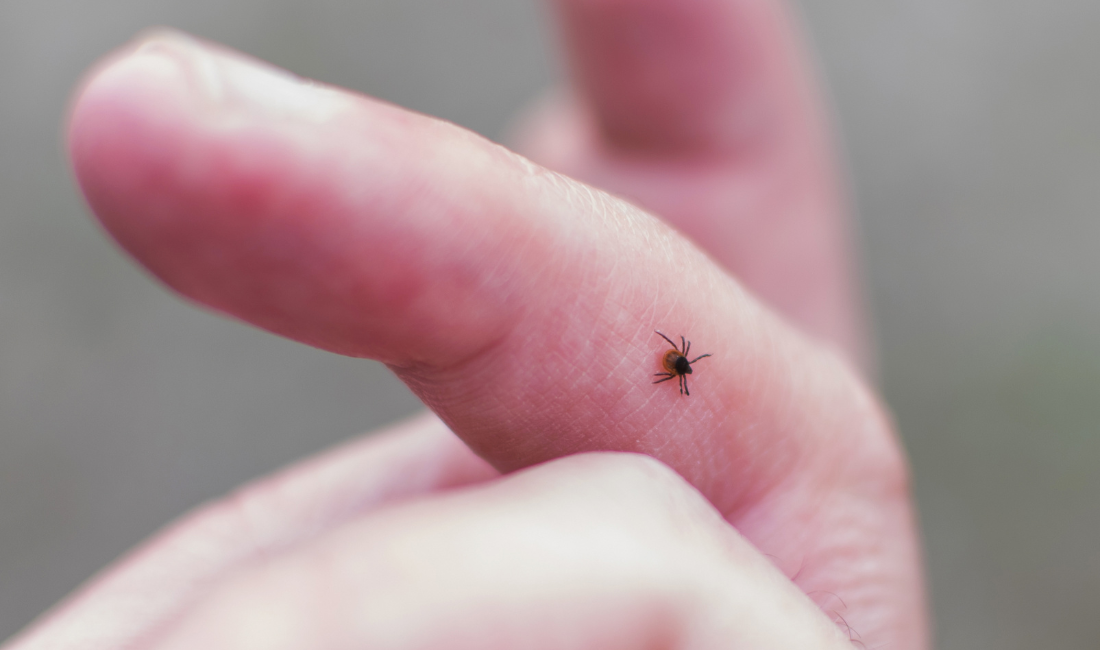

MI Express Primary Care in Canton
44237 Michigan Ave Suite B, Canton, MI 48188
Monday - Friday : 9 AM - 7 PM
Saturday - Sunday : 10 AM - 6 PM
MI Express Primary Care in Ann Arbor
80 S Zeeb Rd Unit 101 B, Ann Arbor, MI 48103
Monday - Friday : 9 AM - 7 PM
Saturday - Sunday : 10 AM - 6 PM

Ticks are tiny, parasitic insects that attach to the skin of humans and animals to feed on blood. They typically latch on in wooded or grassy areas and often go unnoticed at first due to their small size.
A tick bite might seem minor, but it can lead to serious health concerns if not detected and treated early. Timely removal is essential to prevent infections or transmission of tick-borne diseases.

Tick bites might seem harmless at first, but your body can react in unexpected ways. While some bites go unnoticed, others may trigger symptoms that shouldn’t be ignored. Watch for these common signs:
If your tick bite itches, looks unusual, or comes with fatigue or a rash, don't ignore it. These could be early signs of a tick-borne illness. Prompt care helps prevent complications.
Tick bites can be tricky, but we’re here to make recovery simple. Our team offers quick care tailored to your needs.
Our providers use sterile tools and techniques to carefully remove embedded ticks, ensuring no parts remain in the skin that could trigger infection.
We clean the bite area, assess the risk of infection or illness, and may prescribe preventive antibiotics in high-risk cases.
For mild cases, we offer advice on proper at-home care, including cleaning the site, applying topical ointments, and monitoring for delayed symptoms.

You should seek medical care for a tick bite if:
Prompt evaluation can help identify complications early and offer peace of mind.

Tick bites can lead to more than just irritation and we're here to handle it all. Here's why patients trust us:
It's a good idea to see a doctor within 24 to 48 hours, especially if the tick was attached for a long time or if symptoms like fever, rash, or fatigue appear.
Only certain species can transmit Lyme disease. In the U.S., this typically involves black-legged ticks (also known as deer ticks), and even then, not all carry the bacteria.
The classic Lyme disease rash resembles a bullseye, starting as a red spot and expanding into a circular rash with a pale or clear center and an outer red ring.
Tick bites have the potential to cause illness, including infections like Lyme disease, anaplasmosis, or ehrlichiosis, especially if left untreated after exposure.
The safest method involves using fine-tipped tweezers to grip the tick close to the skin and pull it out slowly and steadily. It's best to avoid squeezing or twisting the tick during removal.